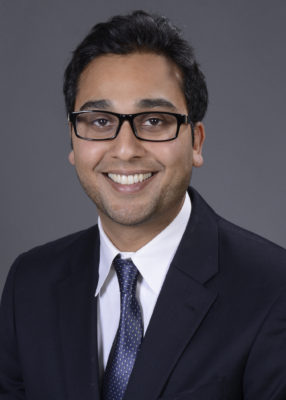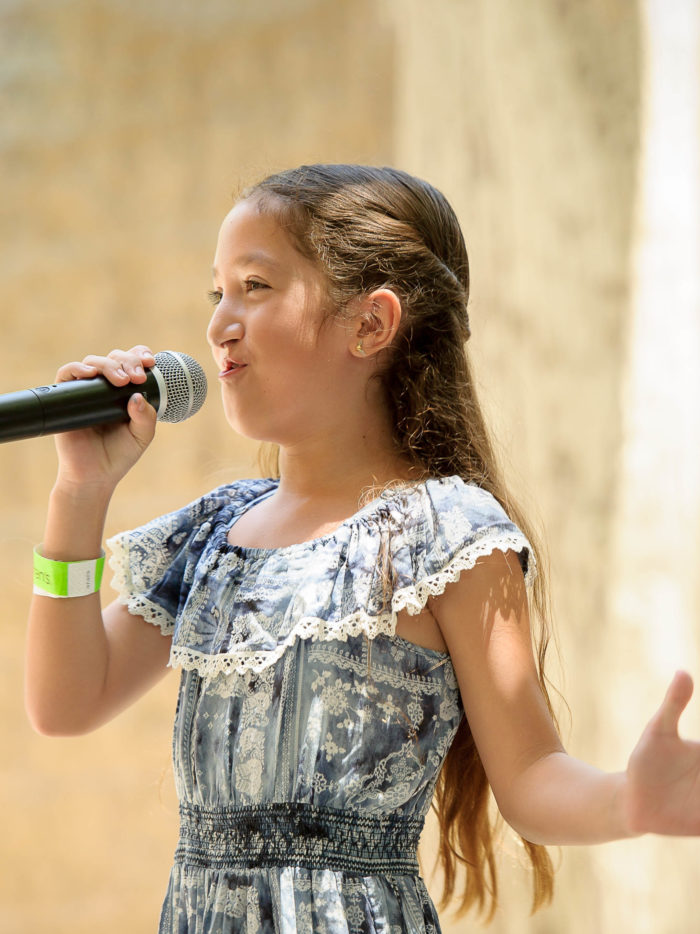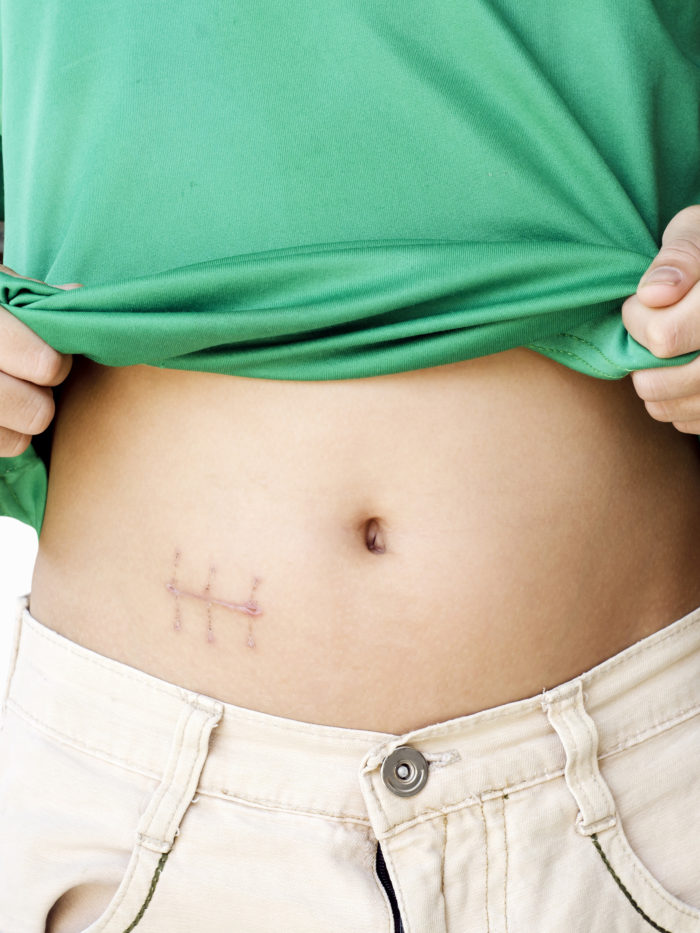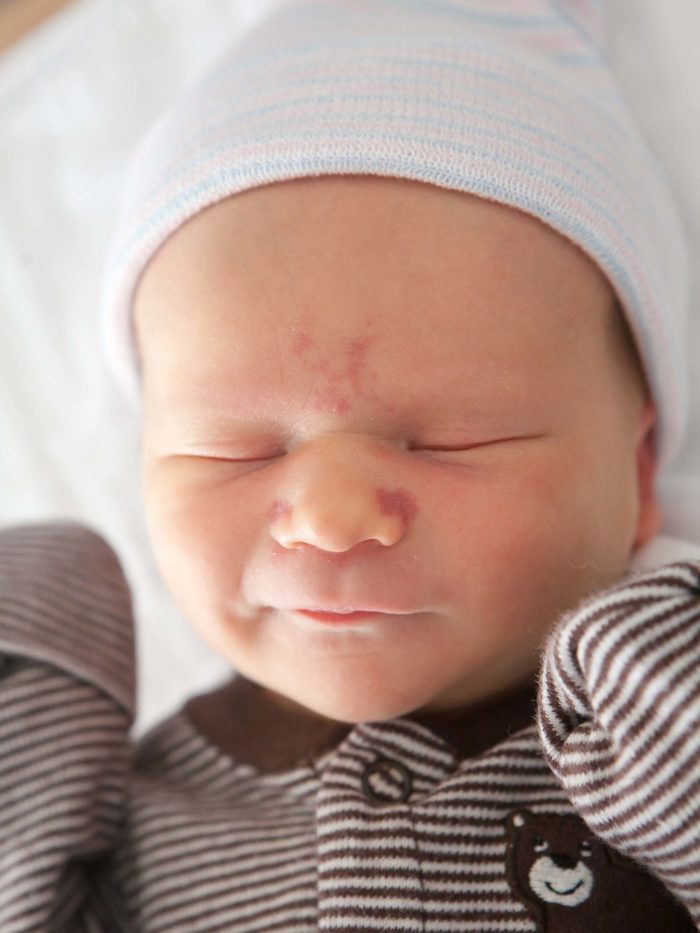A pediatric plastic surgeon specializing in reconstructive plastic surgery has joined CHOC. Dr. Raj Vyas sees patients with a variety of complex conditions including clefts and craniofacial anomalies.

“Care at CHOC is delivered in such a multidisciplinary fashion, allowing for complex higher-level discussions and nuanced treatment planning in both standard and exceptional circumstances. There is also an emphasis on safety and process improvement, both critical for a state-of-the-art facility serving a complex and diverse patient population,”Dr. Vyas says.
During his third year of medical school at UCLA David Geffen School of Medicine, the Southern California native discovered that plastic surgery was his newfound passion.
“I unexpectedly fell in love with plastic surgery, particularly craniofacial surgery,” Dr. Vyas explains. “My appreciation for the depth and breath of plastic surgery grew from my experiences during this rotation in medical school. I remember seeing a child with hypertelorism undergo a facial bipartition and I was fascinated.”
Following medical school, he completed a plastic surgery residency in Boston at the Harvard Combined Plastic Surgery Residency Program. He then completed a craniofacial surgery fellowship at New York University Medical Center, where he treated children and adults undergoing facial reconstruction for congenital anomalies or after suffering trauma and cancer. He also gained expertise in microvascular surgery and virtual surgical planning.
Dr. Vyas is working with the team at CHOC to build a multidisciplinary program in facial reanimation. By combining craniofacial surgery with microsurgery, he hopes to restore facial form and function in children and teens with facial paralysis.
“We have a great team at CHOC. Dr. Daniel Jaffurs has been an incredible mentor,” Dr. Vyas says. “My goal is to help make the program the best in Southern California and beyond.”
Dr. Vyas enjoys working with virtual scanning and 3D modeling technology available at CHOC, as it helps him plan and ensure optimal safety and precision before a procedure.
“Today, we are able to use cone beam CTs to significantly minimize radiation exposure while still obtaining high quality 3D imaging. This allows for virtual surgical planning that is both precise and extremely effective in reducing uncertainty in the OR,” Dr. Vyas explains. “In neonates with upper airway obstruction, for instance, who are scheduled to undergo mandibular distraction, we are able to customize bony osteotomies in a way that prevents injury to dental structures and nerves, while optimizing distraction vectors that improve the airway and maintain cosmetic considerations. We can also virtually anticipate the extent of facial movements and design custom splints that facilitate orthognathic (upper and lower jaw) surgery. The benefit of these types of pre-planned procedures are expanding as surgeons utilize this technology in a variety of craniofacial reconstructions.”
When this dedicated physician is not busy helping patients at the hospital, he volunteers with Global Smile Foundation, a nonprofit organization that treats children with facial congenital deformities in underserved countries. Most recently he went to Trujillo, Peru, where he helped over 100 patients.
“It’s so rewarding to work with children,” he says. “Their reconstructions have a long-life impact.”
Dr.Vyas is board certified in plastic surgery and a member of the American Society of Plastic Surgeons, American Society of Craniofacial Surgery, American Cleft Palate-Craniofacial Association and International Cleft Lip and Palate Foundation, among other professional organizations.





